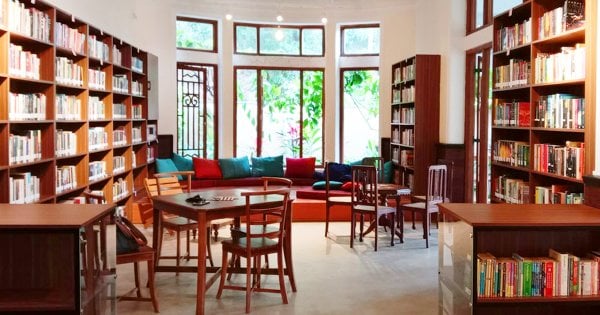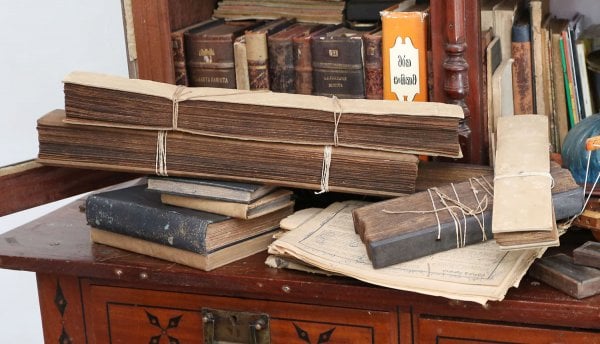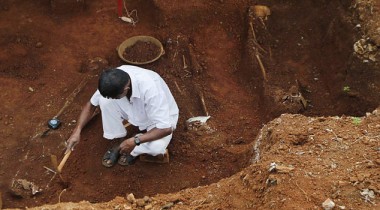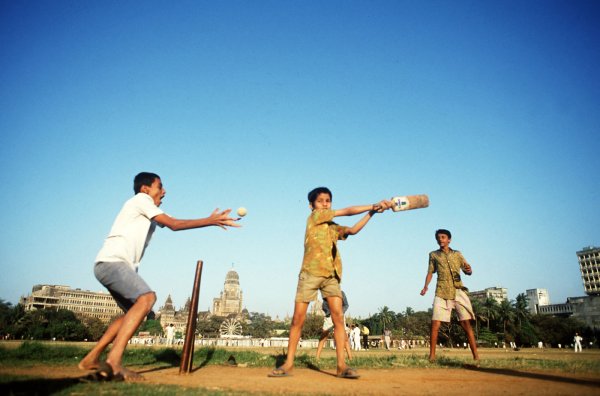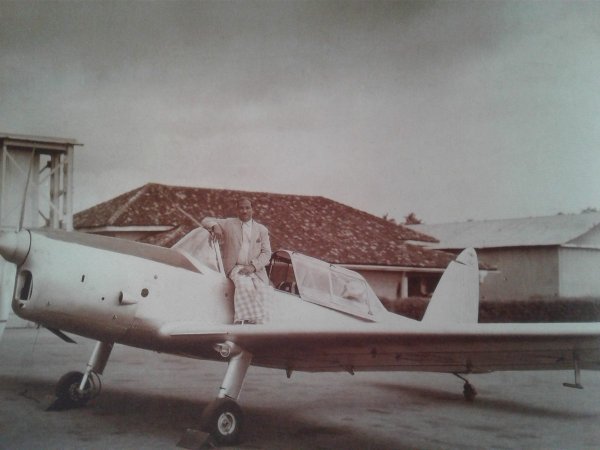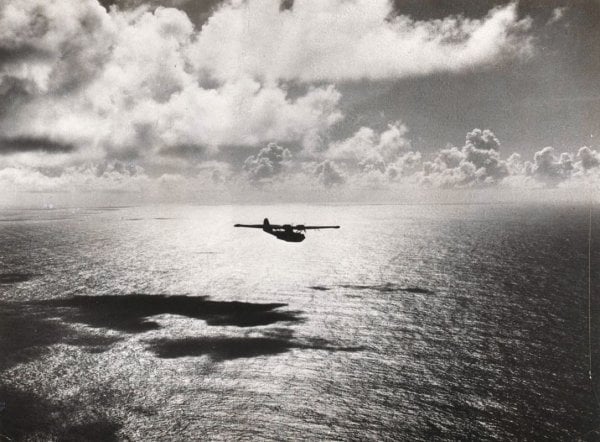
Colombo is rapidly evolving into a busy metropolitan city. But the shiny new skyscrapers and upscale restaurants cannot fully envelope the fact that not too long ago, the city was a quaint little town. It is astounding how much has changed in the municipality, which is now a homogenous place you can sleepily stare out at from the window of a noisy 155 bus.
The Cinnamon Estates of… Cinnamon Gardens
As its name implies, Cinnamon Gardens was at one time famous for its cinnamon plantations.
Records indicate that in 1770, the Dutch government pioneered the cultivation of cinnamon in Colombo 7. An area of around 12 miles is said to have been under cultivation at the time, with the rest being occupied by pockets of dense forests.
And that’s pretty much all there was to Cinnamon Gardens. It was not prime property like it is today, and all the wealthy families chose to reside in the more prosperous suburb of Kotahena.
Today, that area where workers once carefully peeled the barks of cinnamon trees is now home to the National Hospital, the Eye Hospital, Royal College, Thurstan College, the BMICH, the Singhalese Sports Club (SSC), the Viharamahadevi Park, and the Independence Square. Although the cinnamon plantations that Emerson Tennent, John Davy, and R. L. Brohier wrote about are no more, one last cinnamon tree dating back to that era stands to this day and can be found outside the General Post Office in Colombo 7.

The Pontoon Bridge of Kelaniya
Crossing the Kelani River is a minute-long affair these days thanks to the two bridges in place. But one and a half centuries ago, Colombo’s citizens had to rely on a pontoon bridge — or ‘floating bridge’ — in Grandpass to cross the river. This river is said to have connected Nagalagam Street on one side to Peliyagoda on the other.
Designed by Lieutenant John Fraser of the British Royal Engineering Corps, this 500-f00t long pontoon bridge was declared open to the public in 1825 by then-governor Edward Barnes. The bridge utilised 21 boats in its design and was initially planned as a stop-gap measure until the technology became advanced enough to build a suitable, and permanent, bridge across the Kelani River.
As the Kelani River was frequently used by boats and barges to ferry goods and people across Colombo, the administration had to dismantle the bridge for an hour every day to let other boats and barges pass. However, this quirk in its design was also the bridge’s chief flaw, since it was never strong enough to withstand the rising water levels of the river during the monsoon season.
The administration eventually became fed up with rebuilding the bridge after nearly every monsoon season., On 24 May 1895 (Queen Victoria’s birthday), the Victoria Bridge was declared open. Today, even this bridge is no more. Its job has been taken over by the New Kelani Bridge and the Sri Lanka-Japan Friendship Bridge.
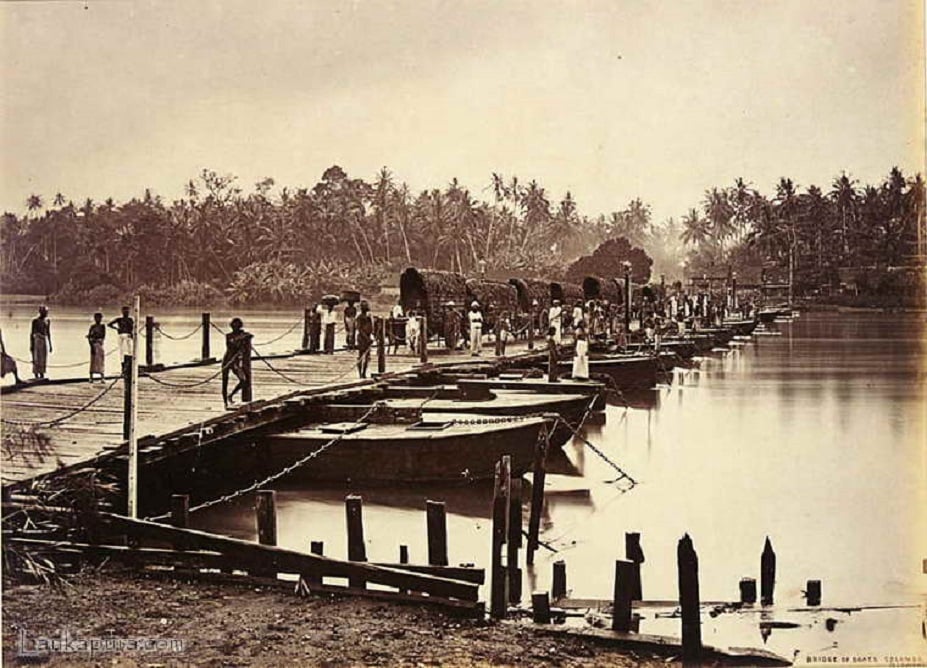
The Race Course at Colombo 7
Equestrian sports have been a star attraction of Colombo for a long time. It all began on 15 September 1848, when a few British officials got together to form the Ceylon Turf Club. They eventually received the blessings of Governor A. E. Havelock to construct a racecourse in Colombo, and on 22 June 1893, the Havelock Racecourse was declared open to the public.
Before it was converted into a racecourse, the premises were home to a psychiatric hospital and was famously known as ‘Koombi Kalé’. The Koombi Kalé is believed to have stretched for nearly 100 acres with its borders going as far as the lands today occupied by the Sri Lanka Radio Corporation (SLRC), the Colombo University, and the Bloomfield Cricket Club. During World War II, the government used the Racecourse as a secret airstrip and the site was even bombed by the Japanese.
Due to the civil war and many other reasons, the Racecourse, as it is known even today, was abandoned and left to decay, a relic of a bygone era. There were even plans to demolish it and use the land for some other purpose, but the Urban Development Authority finally decided to refurbish the premises and use it for commercial purposes. Today, part of it has been leased out to shops while another part is occupied by the Ministry of Sports.

The Chalmers Granary
With the third plague pandemic spreading fast across the world, Governor Robert Chalmers issued instructions in 1914 to build a granary that could store 500,000 sacks of grains as a buffer to ensure food security. Construction was completed in 1916 and the granary ended up spanning nine acres. In order to make it easy to stockpile food, the Governor built a railway track from the Port of Colombo to the granary.
The granary was used for its intended purpose by successive governments until the construction of the Central Granary in Orugodawatte.
Having outlived its purpose, the Chalmers Granary was shut down in 1982. Later, all the remaining buildings on the premises were demolished and today, the Chalmers Granary is used as a car park. Many attempts have been made to lease out the land for a mixed development project but to no avail.
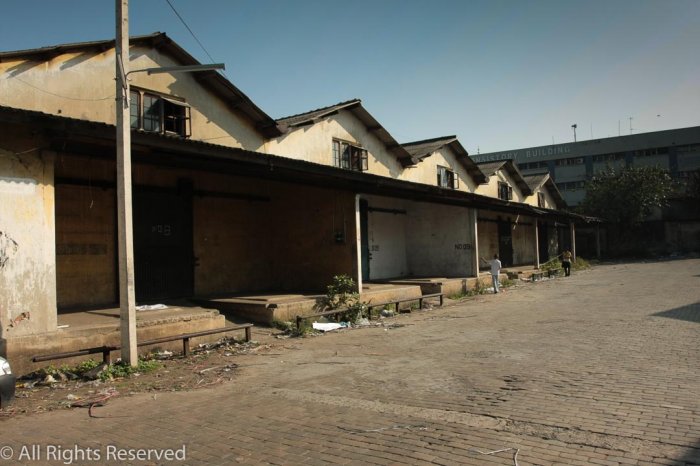
The Colombo of today is one that has endured major structural changes — with many more on the way. Remnants of a colonial past are slowly being replaced by skyscrapers and cloud-kissing condominiums. Whether or not Colombo will emerge a city where modernity and history learn to coexist remains to be seen.
